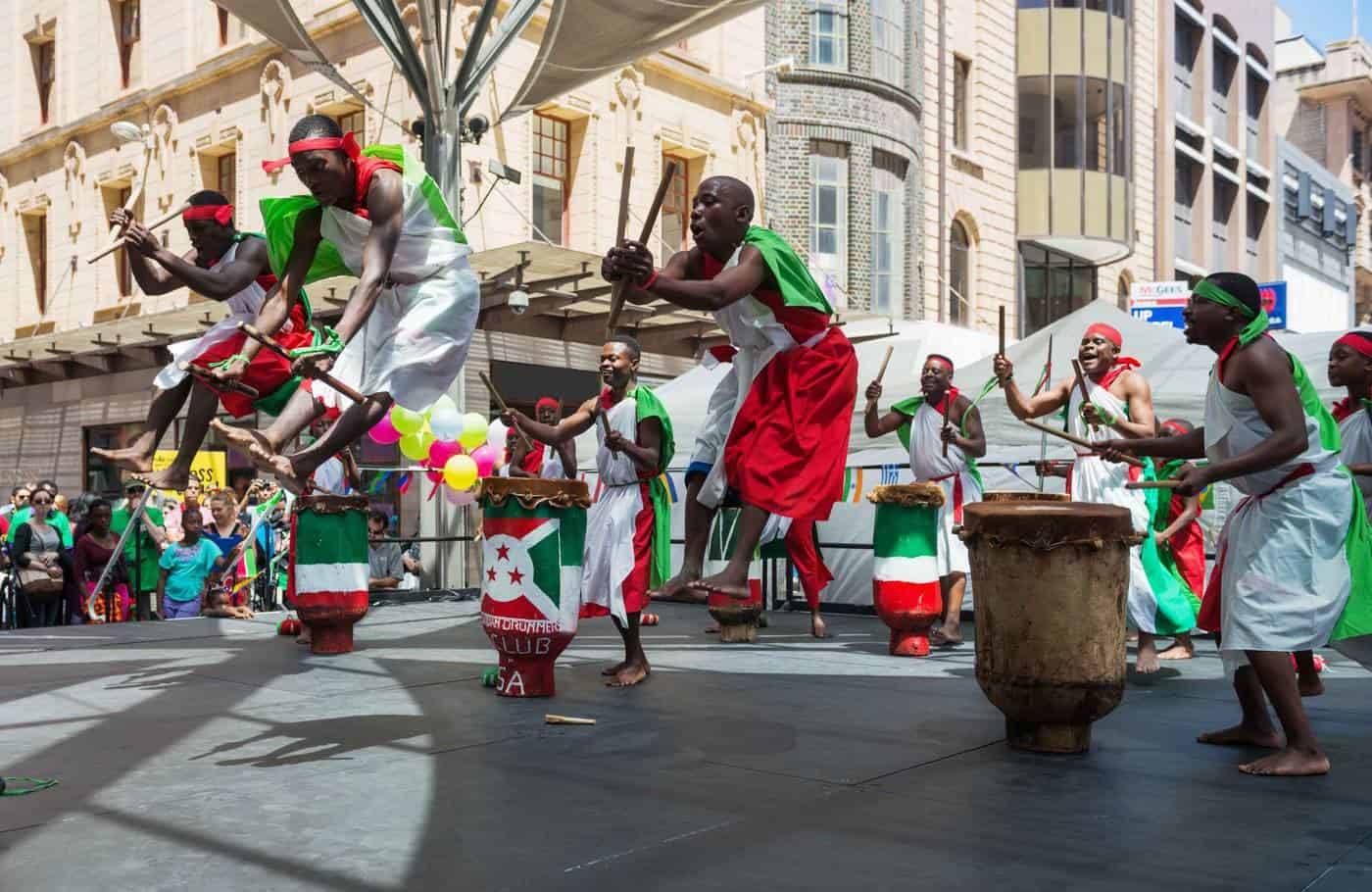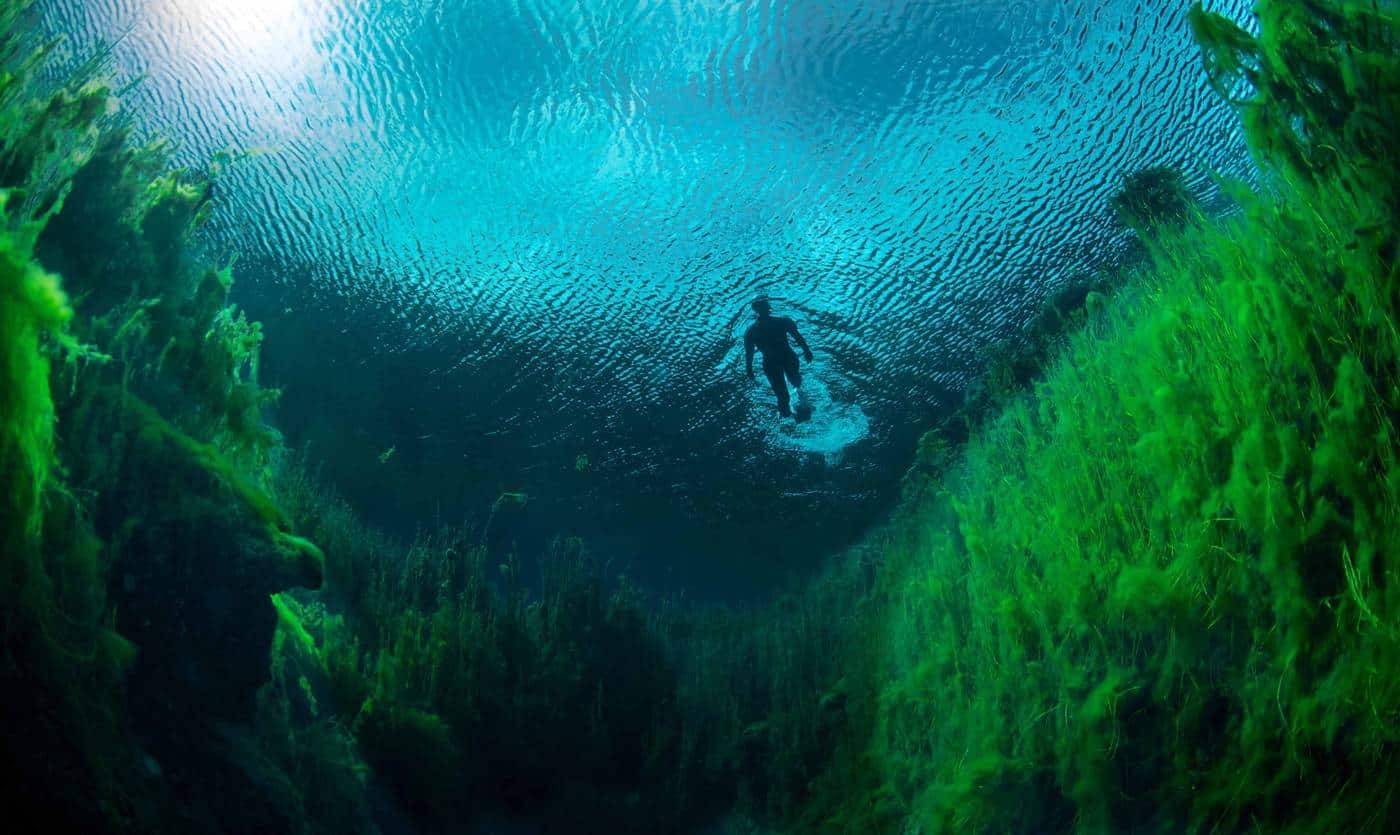
South Australian Outback
THE MAGIC OF RED DESERT- SOUTH AUSTRALIAN OUTBACK-
The infinite red deserts of South Australia are reaching far to the Red Centre of the country, where the gigantic Uluru rock rises over endless plains. The landscapes here are defined by surreal images of ever-blue skies, all hues of ochre and the starriest nights one can imagine; and for passionate road trippers, this is the place to be – Outback Australia.
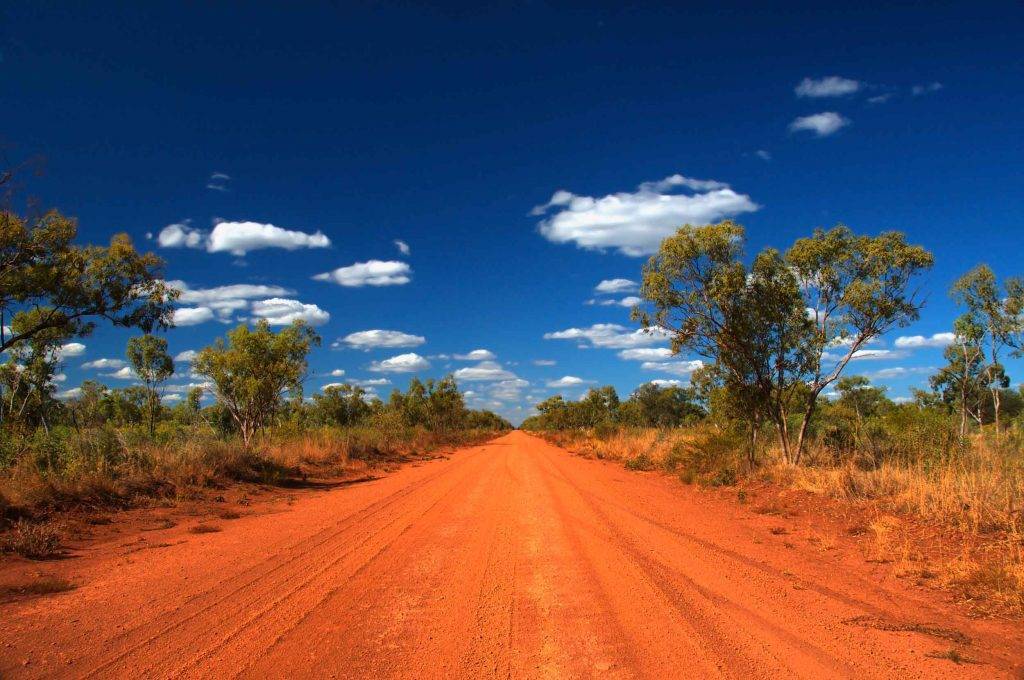
PORT AUGUSTA
The starting point to the South Australian Outback is Port Augusta. This modern, industrial coastal city is an essential junction for anyone crossing Australia; whether travelling from Northern Territory, Queensland, Western Australia or Victoria, all roads meet in Port Augusta.
Also, both The Ghan & The Indian Pacific railways run through the city and the port is constantly busy exporting wheat, wool and minerals to the rest of the country and overseas.

COOBER PEDY
Coober Pedy resembles an underground oasis in the middle of the desert. The world capital of opals became internationally famous in 1915 when a lad kicked glittering stone turned out to be a precious opal.
The land is literally filled with mines and old factories, and there is no hint of life really on the surface. However, what is hiding underneath will surely astonish every traveller – underground churches, motels and shops, opal mines and museums – all open to the public.
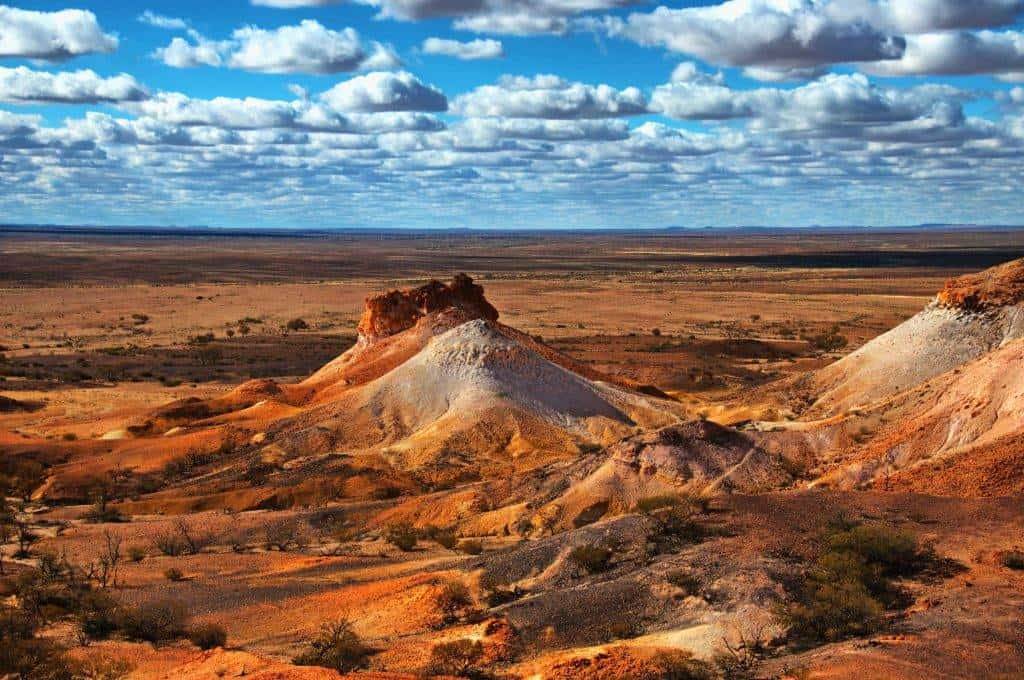
The main attractions include Umoona Opal Mine and Museum, Catacomb Church, Crocodile Harry’s Underground Nest, drive-in, open-air Film Amphitheatre in the desert and the legendary Dingo Fence – the world’s longest fence that keeps dingoes out of the sheep and cattle in this hostile country. Built in the 1880s, the fence is 3.500 km long, and it runs from the western coast of South Australia to the south-east of Queensland across the whole continent.

The main attractions in Coober Pedy are: Umoona Opal Mine and Museum, Catacomb Church, Crocodile Harry’s Underground Nest, Drive-in, open-air Film Amphitheatre in the desert and the legendary Dingo Fence.
DID YOU KNOW?
The world’s longest fence (Dingo Barrier Fence) that keeps dingoes out of the sheep and cattle in this hostile country was built in the 1880s, and it is 3.500 km long. The barrier runs from the western coast of South Australia to the south-east of Queensland across the entire continent.

OODNADATTA TRACK
Marla is the gateway to the opal-mining town Mintabie, but more importantly to the Oodnadatta Track, connecting Highway A87 and Highway B83. The high-grade dirt road leads through 637 km of the Outback, via William Creek and Kati-Thanda Lake Eyre National Park.

The track is a traditional Aboriginal trading route through one of the aridest parts of Australia that is defined by desert landscapes, mound springs, the largest salt lake in the country and the lowest point on the continent’s mainland.
The major attractions on the Oodnadatta Track are: Mintabie opal mines, Ghan Rail, Wabma Kadarbu Mound Springs, Coward Springs and Curdimurka.

WITJIRA NATIONAL PARK
From Oodnadatta, there is also a possibility to turn off the main track and join the rough French Line Track at the Witjira National Park to head to the Simpson Desert/Poeppel Corner.
Taking this trail, the adventurers will meet the broadest array of arterial springs in the continent in the Witjira National Park. The Dalhousie Mound Spring Complex has been used by the Aboriginal people for years, providing fresh fish and birds. There are historic ruins and sacred sites in the area.
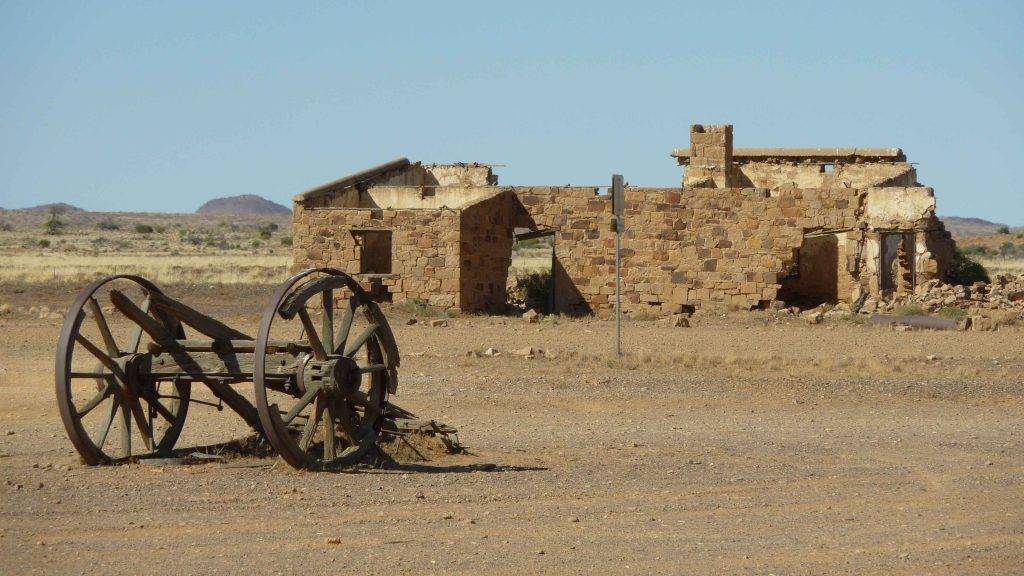
FLINDERS RANGES
Stretching for more than 900 km, between Port Augusta and the state border with Northern Territory and Queensland, the phenomenal, ancient ranges will amaze already from a distance. No wonder that this region grabbed the imagination of early settlers who were eager to see its valuable capital – gold, silver, lead, zinc and copper, but overlooked its unforgiveness.
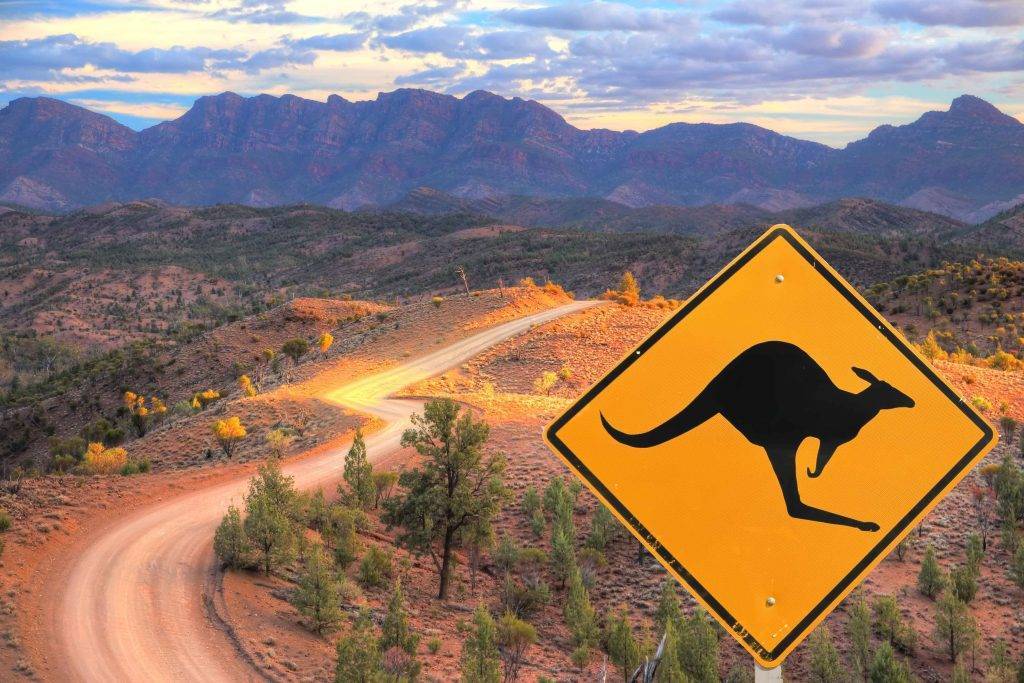
Driving here is extremely dangerous, and the warnings on every corner speak have been placed there for a reason. The trip from the Flinders Ranges to Lyndhurst might seem a little monotonous, yet it is far from being boring.
Quorn is known for the old Pichi Richi Railway with an exciting history, and on the way toHawker, there are the Death Rock Ruins tied up with the Aboriginal legend and Kanyaka Historic Site.

Further up there are Yourambulla Caves to visit – it is an archaeological site of Aboriginal rock art. Hawker is an old railway town with a historic rail station and museum and other landmarks, and most importantly it is the southern gateway to the Flinders Ranges.
The major attractions in the Flinders Ranges are: Wilpena Pound, St Mary Peak, Brachina Gorge, Rawnsley Lookout, Elder Range Lookout, Razorback Lookout.

STRZELECKI TRACK
From Hawker, you can turn off the highway to the Flinders Ranges National Park via Strzelecki Track to discover the Wilpena Pound and numerous Aboriginal sites. For those who have liked this dirt track so far – the rugged landscape goes forward, joined by Strzelecki and Innamnicka Reserves and completed by the glorious Simpson Desert.
The major attractions on the Strzelecki Track are: Tinga Tingana Ruins, Gray’s Tree, Well and Whim, Coochilara Waterhole, Merty Merty Station and Old Mulga Bore, Montecollina Bore, The Dingo Fence, Blanchewater Homestead Ruins, Cobbler Desert, Lake Blanche, Moomba Viewing Platform and Sturt National Park (Cameron Corner).

SIMPSON DESERT
The Simpson Desert is an area of superlatives; the world’s largest dunal desert with the world’s longest parallel dunes; they vary in height from 3 to 30 metres and the most impressive dune – Nappanerica, is 40 metres in height.

The fourth-largest Australian desert, with an area of 176,500 km2, is an extraordinary place. Being underlain by the Great Artesian Basin, it is also one of the largest inland drainage areas on Earth. Water from the basin rises to the surface at numerous natural springs, dry salt lakes and waterholes and it is also part of the Lake Eyre Basin.
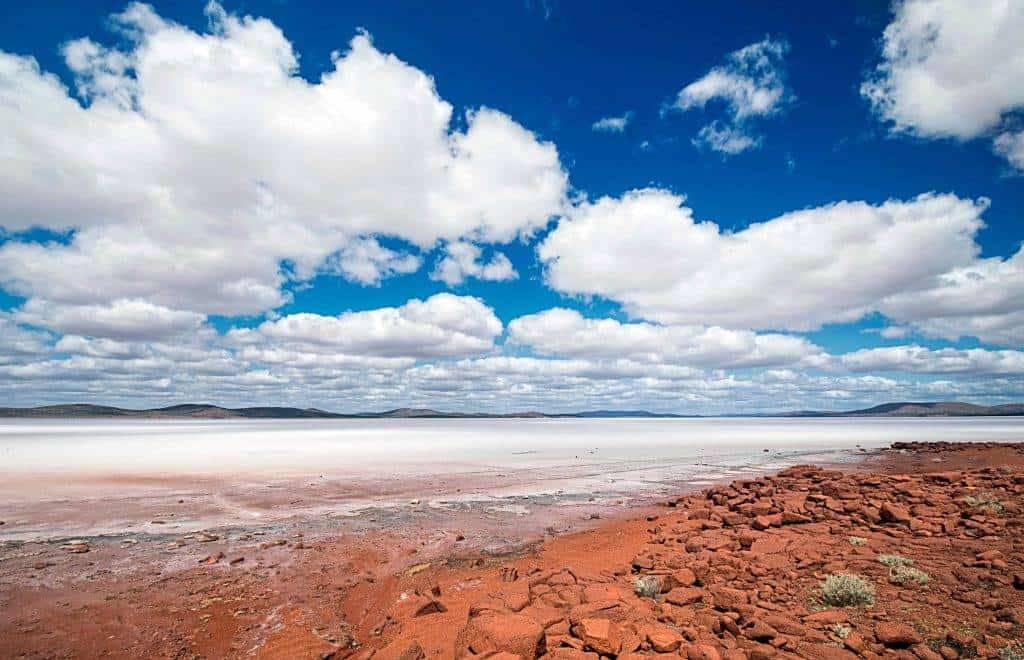
TRAVEL TIP
There are two main gates to the Simpson Desert and to get an adrenaline rush in its tracks: the western access from the Witjira National Park/Mt Dare & the eastern access from the Birdsville Track. Both gates are connected through scenic drives, and there are several desert track circuits to choose from, e.g. QAA Line, K1 Line, French Line and others.
BIRDSVILLE TRACK
Sticking to Highway B83, after Hawker, there will be a few stations that provide the motorists with basic items, and a few coal mines and Aboriginal sites on the way to Lyndhurst. That is where the Highway B83 ends, and from then on, there is nothing but the adrenaline-pumping Birdsville Track, leading to Queensland.

Along the drive to the Queensland border, the motorists will come across the ghost town of Farina, once a merry farming and mining settlement, and today mere stone ruins left behind. Next station, Marree, is the starting point to the Oodnadatta Track to Marla on the Highway A87 via semi-desert scenery and a traditional Aboriginal trading route.
The Birdsville Track is a 520 km long dirt track which has recently become a popular tourist drive that traverses Strzelecki, Sturt Stony and Tirari Deserts and the driest regions of the continent. For extreme outback driving, you can visit the Simpson Desert via Warburton Track from South Australia or via The QAA Line from Birdsville/Queensland.
The major attractions on the Birdsville Track are: Lake Harry ruins, Clayton Bore, Cooper Creek, Old Mulka ruins, Mungerannie and Mirra Mitta Bore.

TRAVEL TIP – THE LEGENDARY AUSSIE OUTBACK ROUTES
Road trippers who are attracted by the scent and sound of the South Australian red desert will need to arrive in Adelaide and head towards north. There are two main sealed highways across the Australian Outback that are connected via two dirt tracks (Oodnadatta Track and Simpson Desert Track).
1.The Explorer’s Way (Highway A87) – heading to the Northern Territory (Adelaide-Alice Springs-Darwin)
2. Highway B83 – leading to Queensland (via Birdsville Track) and it can be extended by the Strzelecki Track (access to New South Wales via Cameron Corner Track)
Both highways are approximately 900 km long and start at Port Augusta.

NOTE
You are recommended to use a 4WD vehicle, and the car should be in a top condition, especially when taking one of the dirt tracks. Do not underestimate the limited fuel and water supply and the possibility of the vehicle breakdown.
Before undertaking such a journey, the motorists are recommended to visit the Wadlata Outback Centre in Port Augusta to receive all essential information and advice, useful tips and details related to all tracks and routes. This part of Australia is highly hazardous and isolated, with the harsh, inhospitable country and extreme weather conditions and quite limited facilities. The Australian Outback claims about 40 lives a year, and it is clear that this is one of the most unforgiving regions on Earth.
Remember that the outback tracks are frequently closed due to different reasons (floods or extreme heat during summer). Hence always check the road conditions at the visitor centre prior to your departure.
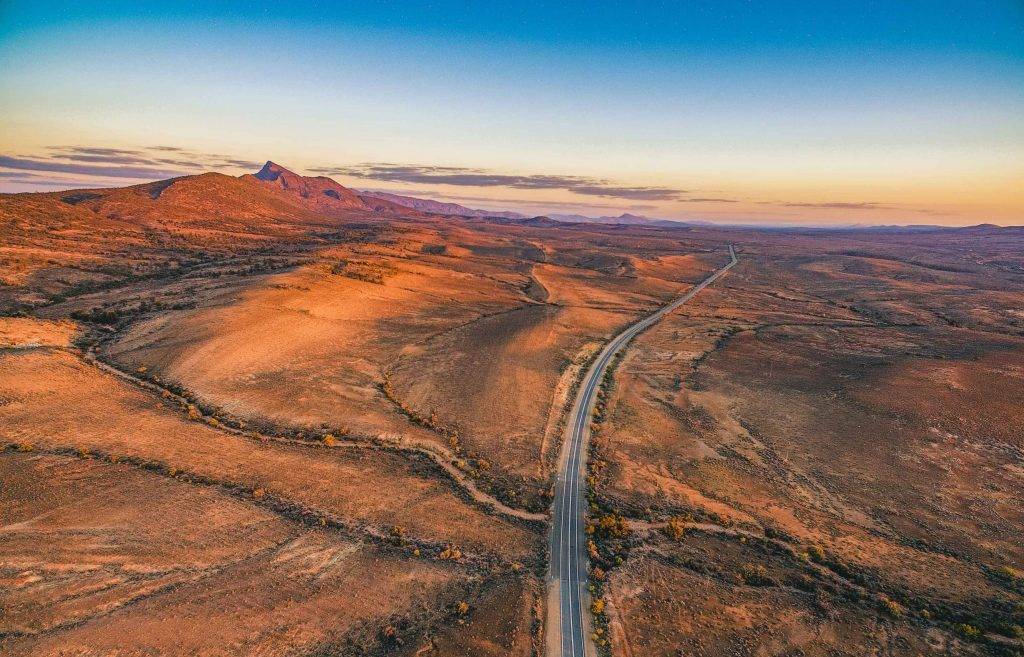
WHEN TO TRAVEL
Weather in the Outback is very arid, and it is defined by blistering heat, ever-sunny days and freezing-cold nights. Regardless of the season, these two factors will be present all year round.
HOW TO GET THERE
The starting point to the South Australian Outback is Port Augusta.
If travelling from overseas fly to Adelaide. Hire a 4WD in Adelaide and drive to Port Augusta. Alternatively, catch a domestic flight to Port Augusta from Adelaide and hire the vehicle there.
For all flights go to www.momondo.com or www.skyscanner.com
